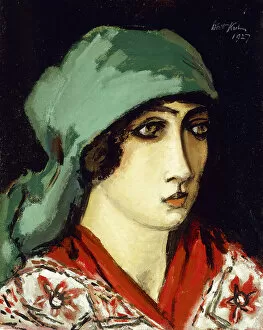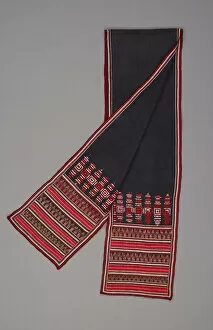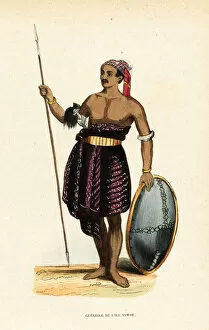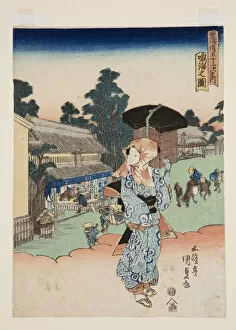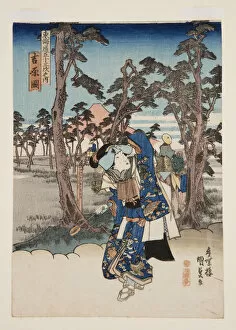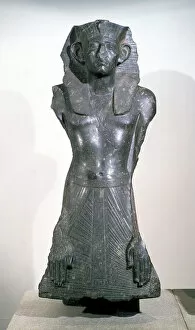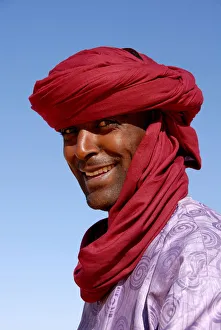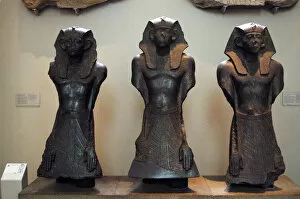Headcloth Collection
"Exploring the Rich History and Cultural Significance of Headcloths Around the World" Headcloths have been a prominent feature in various cultures throughout history
All Professionally Made to Order for Quick Shipping
"Exploring the Rich History and Cultural Significance of Headcloths Around the World" Headcloths have been a prominent feature in various cultures throughout history, serving both practical and symbolic purposes. From ancient Egypt to modern-day Morocco, these versatile garments have adorned the heads of individuals from all walks of life. In ancient Egypt, headcloths were worn by royalty and commoners alike. The statues of Sesostris III depict him wearing an intricately wrapped headcloth, symbolizing his power and authority during his reign from 1878-1843 BC. Similarly, the life-size statue of Tutankhamun showcases a regal headdress that highlights his status as a pharaoh. Moving on to North Africa, we find Berber men proudly donning their traditional costumes complete with vibrant headcloths. A striking image captured in Merzouga, Morocco portrays a Berber man showcasing his rich cultural heritage through his elaborate headcloth. The art world has also celebrated the beauty of headcloths. Ruth with Green Headcloth is an exquisite oil painting from 1927 that captures the grace and elegance of a woman wearing this accessory. Meanwhile, intricate embroidery adorns another woman's headcloth made from hemp fiber, cotton, and silk in the 20th century - showcasing skilled craftsmanship across different materials. Heading eastward to Indonesia's Sawu island reveals warriors sporting distinctive headcloths as part of their traditional attire. These warrior garments not only provide protection but also reflect their unique identity within their community. Even Japanese woodblock prints offer glimpses into historical fashion trends surrounding headwear. The View of Narumi depicts women elegantly dressed with delicate headscarves while Yoshiwara shows courtesans adorned with ornate headdresses - highlighting how these accessories played a role in defining social status during Japan's Edo period.

